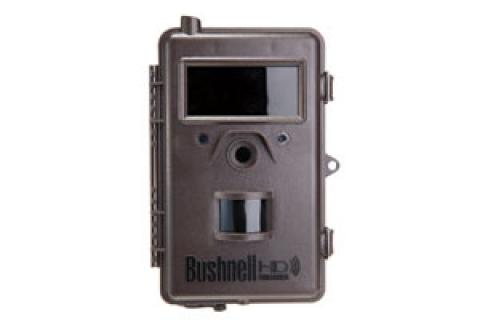
Game cameras have revolutionized how we hunt deer, but if you don't use them wisely, they may actually hurt your chances of tagging that big buck come hunting season.
A hunter's efforts can become counter-productive not in the actual use of game cameras but in the frequency and method of checking them. While it's exciting to see what photos your cameras have captured, by doing so you create a disturbance for the very deer that you're trying to covertly monitor.
 |
| Consider using wireless game cameras, such as the Bushnell Trophy Cam HD Wireless, so you can view pictures and videos anywhere. |
No matter how careful we are, we leave an olfactory "foot print" whenever we enter the woods. Every leaf we step on, every branch we brush up against, and every tree we touch ends up with our scent on it. Yes, if we follow good scent control procedures, we can hopefully limit these scent signatures to trace amounts, but these smelly calling cards still linger and accumulate with each visit. On days that our scent is blowing right into bedding areas, the damage is magnified.
The same goes for being seen and heard by deer. Even if you move like a ninja, chances are that at least one deer saw or heard you. Once or twice might not cause too much concern, but keep it up and the deer may decide that the quiet property next door may be a better place to hang out.
The bottom line is if you're out daily or even weekly checking your cameras, you are leaving an awful lot of human scent in the woods and causing a disturbance each time. This leads to deer patterning you and could result in big bucks avoiding your property.
With today's high-capacity memory cards that hold hundreds or even thousands of photos and video clips, and the improved battery life of today's cameras, it just isn't necessary to check your cameras that often. If you only put your cameras out in the summer, check them no more than once every 2 or 3 weeks and even less frequently than that if you leave them out year-round.
An even better option is some of the newer wireless cameras that have cellular capabilities so you can receive pictures and keep tabs on your bucks remotely on your mobile phone or home computer. At the least, try to place cameras in locations that allow you to easily and quietly slip in and out, such as the edges of feeding fields. Don't put them in bedding areas as wise old bucks won't stand for much disturbance, even well before hunting season.
Good hunting.
- 3000 views

